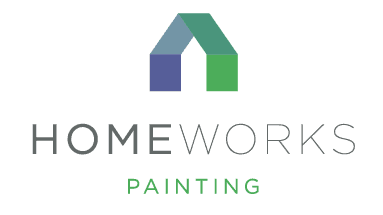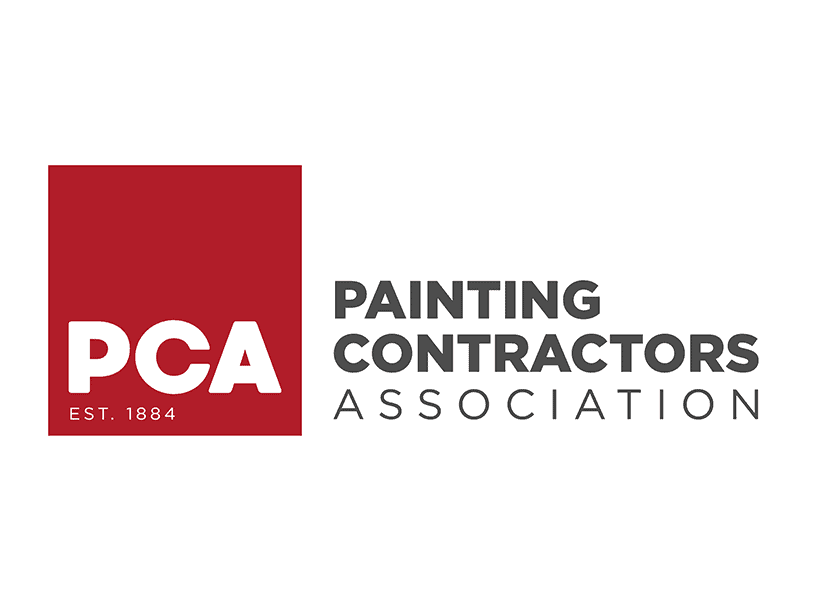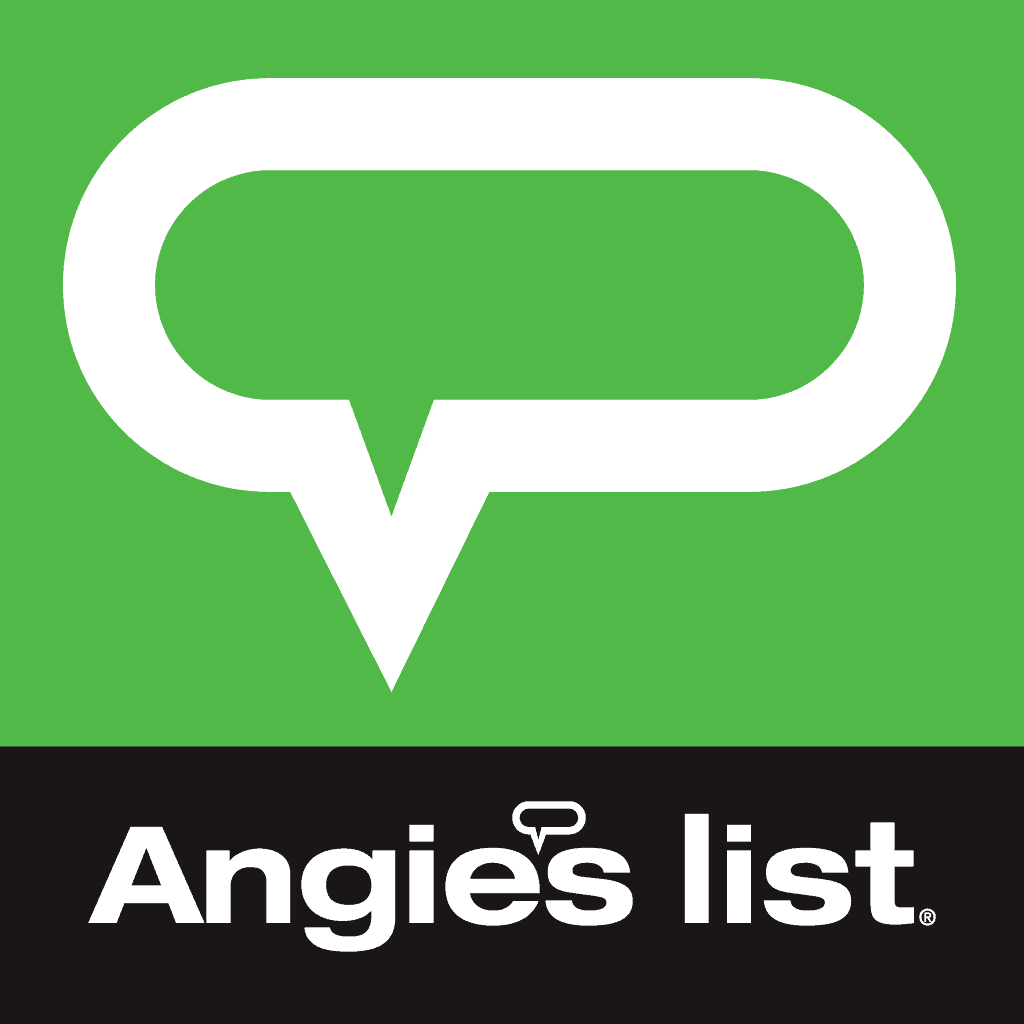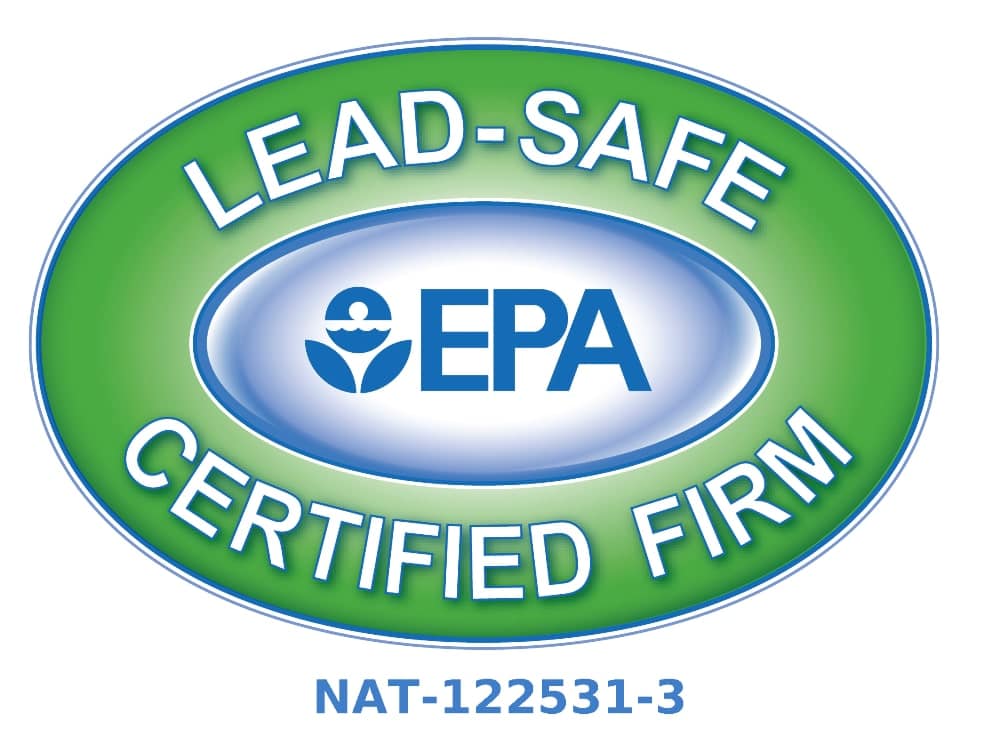26 May Why Your Paint Job Might Look Unprofessional
What makes a paint job look amateurish? If you’ve ever tackled a big paint job yourself, instead of hiring professionals, you might know the answer to this question. Painting isn’t as easy as it appears to be, and it’s one of those things where experience makes a big difference to the outcome.
Here are six mistakes that can make a paint project look unprofessional:
1) Paint splatters:
The messiest painters are the most inexperienced. Professional painters know the importance of protecting the surrounding areas before they start painting. Also, a pro knows that you should not overload a paintbrush because it can cause paint drips down the wall.
2) Uneven coverage:
Two reasons can cause uneven paint coverage: 1) lack of primer; 2) inconsistent paint application.
Amateur painters sometimes skip priming a wall, even when they’re painting over a darker color with a light one. Skipping a primer isn’t a good idea because it acts as the foundation for the new coat of paint and can help ensure even coverage.
Applying paint unevenly across a wall or surface can result in a paint job that looks uneven.
Visible brush strokes, dripping paint that’s dried on a surface, and roller lines are another giveaway that the painter wasn’t a pro.
3) Jagged edges:
Jagged lines along edges are another sign of an unprofessional paint job. Someone didn’t bother to tape, waited too long to remove the tape, or didn’t have a steady hand developed over years of experience. Edges over-painted onto an adjoining surface (and not wiped off) are another indicator. Amateur painters don’t always take the time to prep the area by either taping it off, properly covering it, or removing items like electrical outlets or switches.
4) Wrong paint type:
Amateur painters often make the consequential mistake by using the wrong paint type or finish for a surface. For example, oil paint should be used on surfaces like baseboards because they’re more resilient. Flat paint is suitable for hiding surface flaws. Eggshell or satin is good for unblemished walls because they’re a bit more durable for cleaning.
5) Cracking paint:
Painting over dirty surfaces will lead to cracking paint. This is another indicator that the area wasn’t properly prepared before painting. We see this most often in kitchens, where grease or other residue builds up over time. Using the right surface cleaner before painting is critical to the integrity of the paint in the long-term.
6) Bumpy surfaces:
A painted surface with bumps can indicate one or more of several things: Paint was applied over cracking or flaking paint, paint was applied over surface dirt or dust, or paint was applied too thickly over old, thick paint layers. Surfaces need to be correctly prepped by filling in holes or surface sanding before painting.
If you want a professional-quality paint job, call our office. We have almost 20-years of experience as painters in the Northern Virginia area. We would be happy to assess your painting needs.

Mike Katounas is the owner of Home Works Painting, a painting business in Northern Virginia. He has over 15 years of experience in residential interior and exterior painting, drywall installation/repair, carpentry, wallpaper removal, power washing, commercial painting, color consultation, and staining/sealing. Their service areas include Chantilly, Fairfax, Herndon, Oakton, Reston. Mike takes pride in his work, and he always follows a strict code of conduct that includes the use of quality paint, a clean workspace, and an honest, respectful approach to his customers.












Sorry, the comment form is closed at this time.